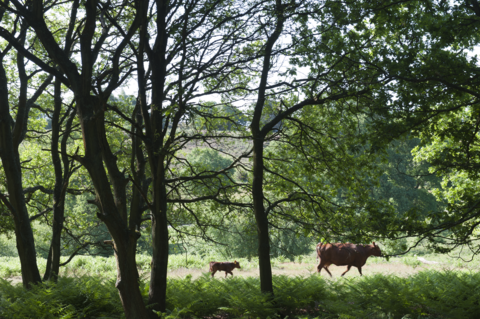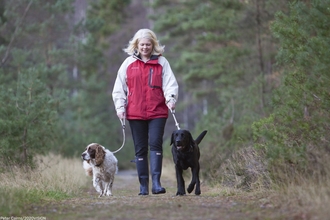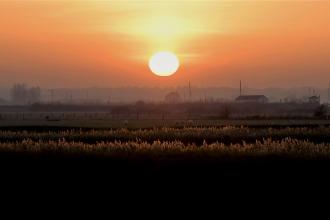
Paul Harris/ 2020Vision
New to conservation grazing? Here's a brief introduction.
What is conservation grazing?
Conservation grazing is the most effective and natural way to maintain grassland habitats. By introducing grazing animals, like cows and sheep, we can mimic the impact that herds of large, wild roaming herbivores would have had on landscapes of the past. Thousands of years ago, when Britain was covered in ancient wildwood, natural ecosystems were managed by large herbivores.
How conservation grazing helps nature?
Conservation grazing is hugely beneficial to our nature reserves and to the wildlife that depends on these special places.
When different types and different breeds of cows and sheep graze freely, they each select different plants and even different parts of the plant, to nibble or browse. Over time, this selective eating by different animals creates a varied structure within the plants and the habitat. It is this that helps create the right conditions for a wide range of insects, birds, reptiles, mammals and plants to thrive. Through our grazing, we carefully balance the wildlife aims of each site with the welfare needs of the livestock.
What are the alternatives?
Without being able to graze, the only options would be mowing or burning. Both of these techniques cause rapid and dramatic habitat change and leave behind a uniform structure. Mechanical methods cannot replicate the unique conditions that grazing animals create as they pick and choose what they eat throughout the year.



